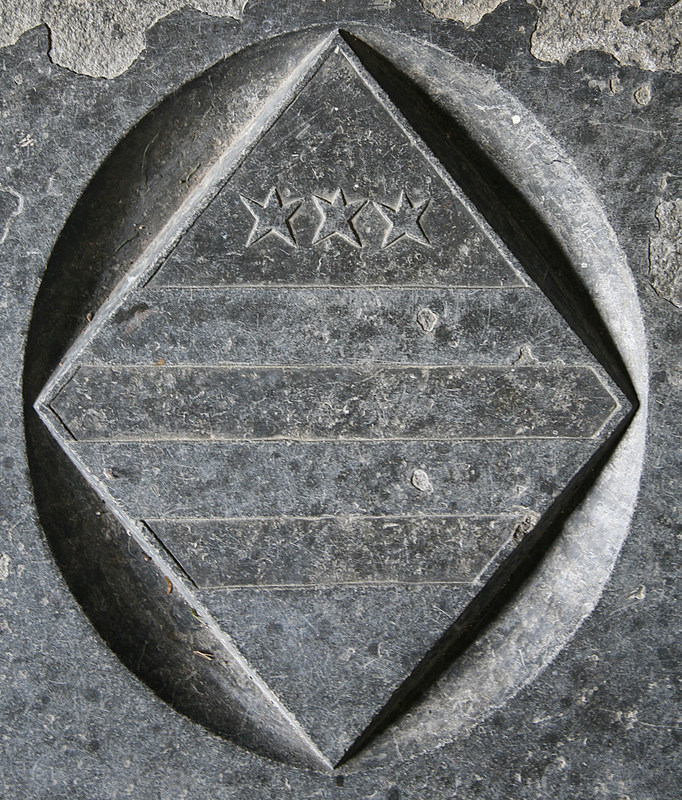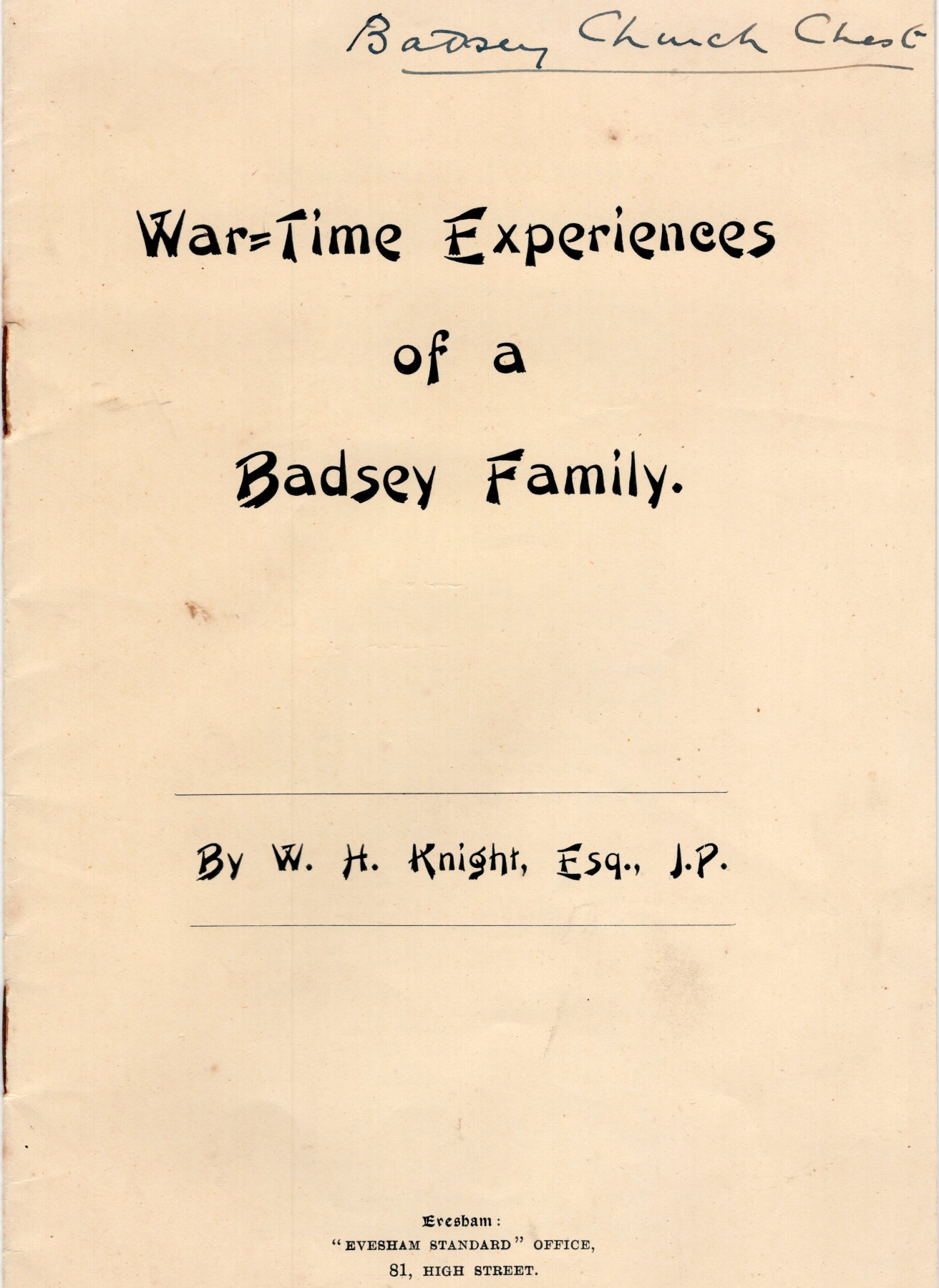October 1969 - Service of Reconciliation to commemorate William Seward's martyrdom
A Service of Reconciliation
The anniversary date of William Seward’s martyrdom is 22nd October. Our Methodist friends in Badsey have agreed with me that we should make this date the occasion of an annual joint commemoration service. The Methodist minister in Evesham, the Reverend T R Hill, has declared himself to be in favour of such a project, though owing to a previous engagement he would not be able to take part personally on Oct 22 this year.

 The presence of a burial tablet on the floor of the Chancel of the Church of St John the Baptist in Wickhamford has drawn many Americans to visit the church. It commemorates Penelope Washington, who died in 1697 and was a distant relative of President George Washington.
The presence of a burial tablet on the floor of the Chancel of the Church of St John the Baptist in Wickhamford has drawn many Americans to visit the church. It commemorates Penelope Washington, who died in 1697 and was a distant relative of President George Washington.  More gems from the Badsey church chest recently deposited in the Badsey Society Archive reveal the fascinating story of a Badsey family.
More gems from the Badsey church chest recently deposited in the Badsey Society Archive reveal the fascinating story of a Badsey family.